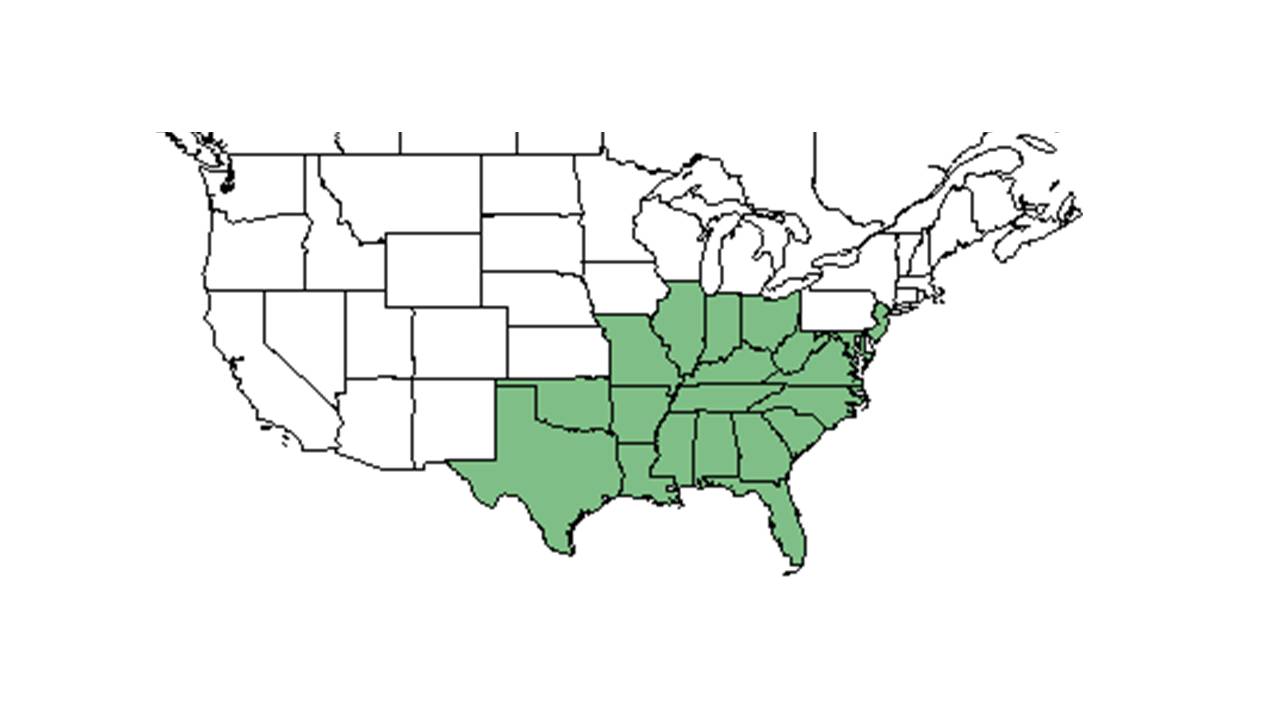Difference between revisions of "Erianthus alopecuroides"
KatieMccoy (talk | contribs) |
KatieMccoy (talk | contribs) |
||
| Line 31: | Line 31: | ||
===Phenology=== <!--Timing off flowering, fruiting, seed dispersal, and environmental triggers. Cite PanFlora website if appropriate: http://www.gilnelson.com/PanFlora/ --> | ===Phenology=== <!--Timing off flowering, fruiting, seed dispersal, and environmental triggers. Cite PanFlora website if appropriate: http://www.gilnelson.com/PanFlora/ --> | ||
| + | Flowers and fruits September through November (FSU Herbarium). | ||
| + | |||
===Seed dispersal=== | ===Seed dispersal=== | ||
===Seed bank and germination=== | ===Seed bank and germination=== | ||
Revision as of 16:49, 13 October 2015
| Erianthus alopecuroides | |
|---|---|
Error creating thumbnail: Unable to save thumbnail to destination
| |
| Scientific classification | |
| Kingdom: | Plantae |
| Division: | Magnoliophyta – Flowering plants |
| Class: | Liliopsida – Monocotyledons |
| Order: | Cyperales |
| Family: | Poaceae ⁄ Gramineae |
| Genus: | Erianthus |
| Species: | E. alopecuroides |
| Binomial name | |
| Erianthus alopecuroides (L.) Nutt. | |

| |
| Natural range of Erianthus alopecuroides from USDA NRCS Plants Database. | |
Common name: silver plumegrass
Synonym: Saccharum alopecuroides
Contents
Taxonomic notes
Description
Distribution
Ecology
Habitat
In the Coastal Plain in Florida and Georgia, E. alopecuroides can be found in longleaf pine forests, annually burned pinelands, fallow quail food patches, frequently burned mature longleaf pine-wiregrass communities, bordering wild plum thickets, pine-oak-hickory woods, mixed hardwood forests, and mesic woodlands (FSU Herbarium). It can also be found along roadsides, cutover pineland clayhills, and powerline corridors. Can grow in sandy loam, clayey soil, and loamy sand (FSU Herbarium).
Phenology
Flowers and fruits September through November (FSU Herbarium).